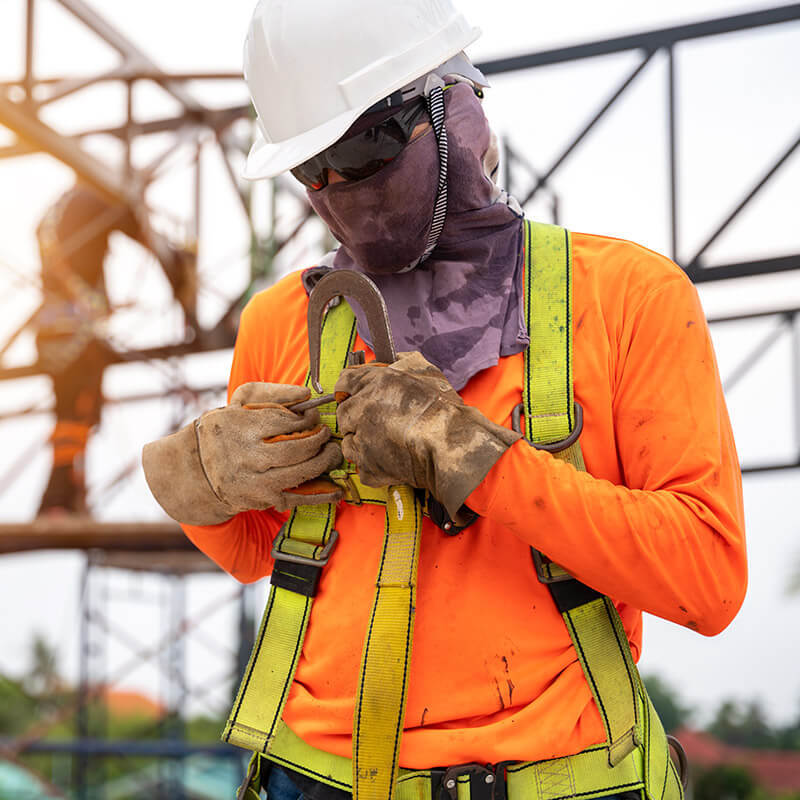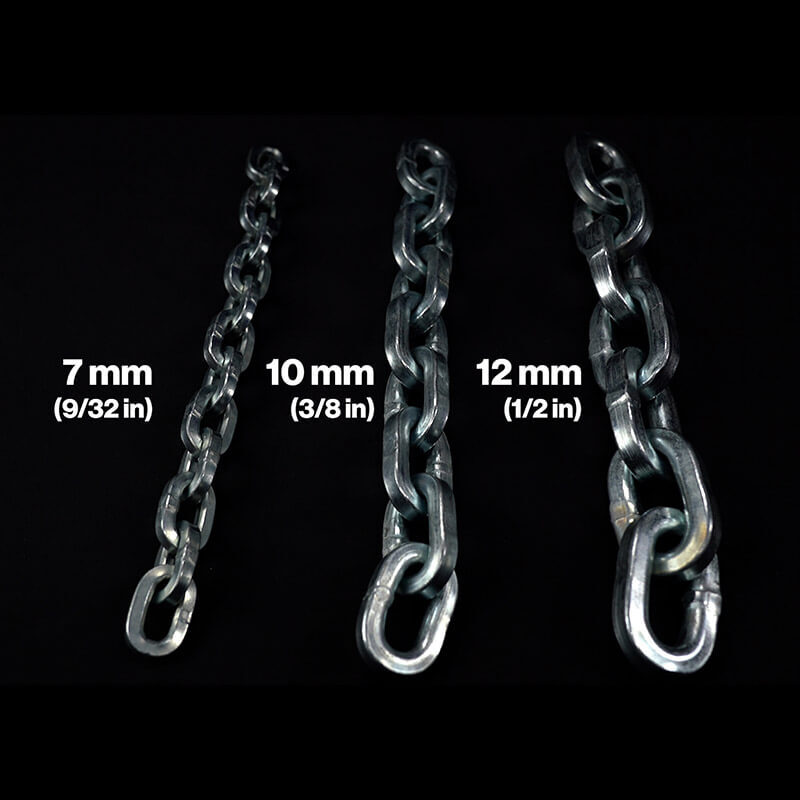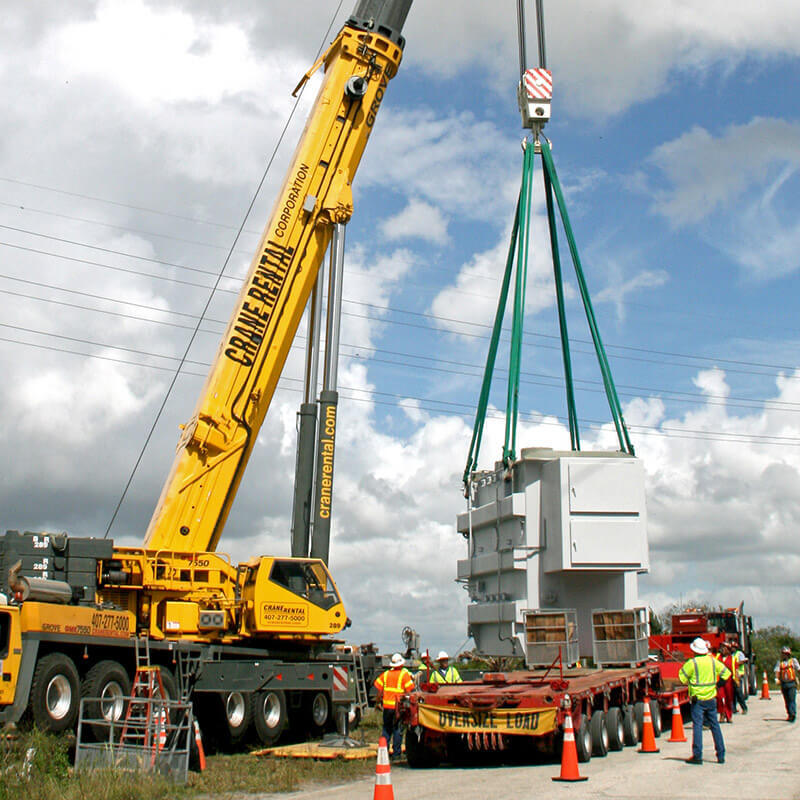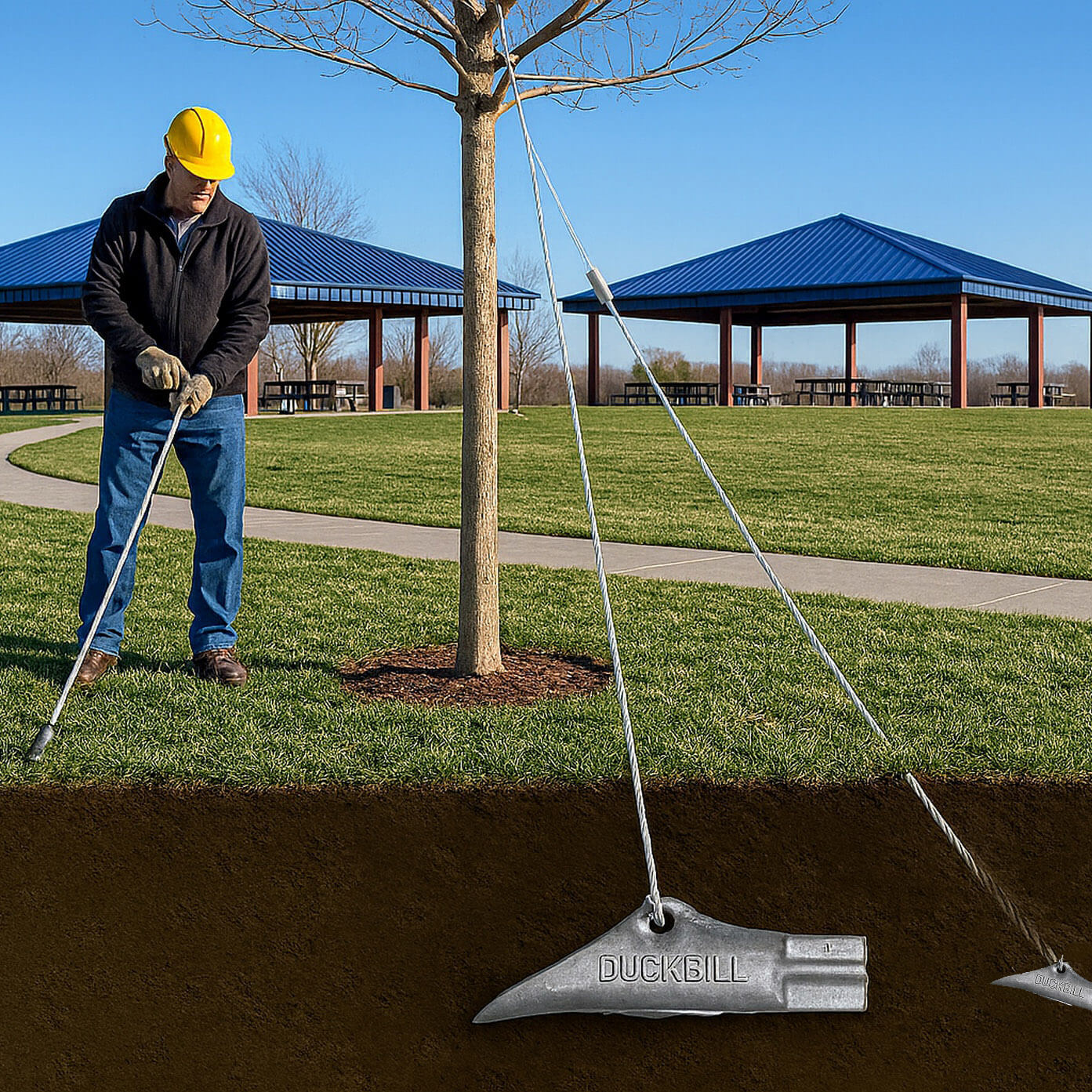What is Considered Rigging Hardware?
For companies in construction, shipping, energy, and manufacturing, having the right rigging hardware is not just a safety requirement—it's a performance advantage. Investing in compliant, reliable rigging equipment helps avoid downtime, improves lifting precision, and protects both your workforce and your load.
Understanding rigging hardware is key in industries that handle heavy loads. It includes many accessories for lifting, hoisting, and moving big materials safely and precisely. In construction, manufacturing, and logistics, this hardware is vital for smooth operations.
Components like turnbuckles, shackles, and eye bolts are at the heart of rigging equipment. They ensure loads are moved safely and effectively. This follows strict safety rules. These include OSHA 1926.251 for construction safety and ASME B30.26 for rigging hardware specifications.
Rigging hardware does more than just lift. It also secures and anchors loads, making it essential in many industrial settings.
Key Takeaways
- Rigging hardware refers to the array of equipment used for secure load handling across industries.
- Essential rigging hardware includes items such as shackles, turnbuckles, and lifting eye bolts.
- Such rigging accessories are integral for safety and efficiency in overhead lifting and moving operations.
- Understanding the differences between rigging and lifting equipment is key for proper use.
- Following safety standards in rigging is highlighted by industrial statistics on incidents.
What is Considered Rigging Hardware
In construction and industrial settings, rigging hardware is key. It includes rigging tools and devices for safely moving heavy loads. This section dives into the details of rigging hardware, its types, materials, and functions.
Types of Rigging Hardware
- Shackles – important for connecting to other rigging accessories.
- Eye bolts – used for fixing points on ropes or cables.
- Turnbuckles – help adjust tension in cables and rods.
- Chain links – strong segments for linking different rigs.
Materials and Design in Rigging Hardware
Choosing the right material and design for rigging equipment is critical. It ensures performance under extreme conditions. The main materials are:
- Carbon steel – strong and durable, is often used in structures.
- Alloy steel – chosen for high load capacity and resistance to wear.
Each piece of rigging hardware is designed for specific needs. They have rated working load limits (WLL) and safety factors. These ensure safe performance under expected loads.
Distinguishing Between Lifting and Rigging Hardware
It's important to know the difference between lifting and rigging hardware. This helps choose the right equipment for the task:
- Lifting Hardware: Used only for vertical lifting, like hoists and cranes.
- Rigging Hardware: Includes devices for securing loads for lifting, anchoring, or towing. It's used for both horizontal and vertical movements.
Standards and Compliance in Rigging Hardware
Rigging hardware must comply with industry safety standards such as ASME B30.26, which outlines design, marking, and inspection requirements for shackles, turnbuckles, and eye bolts. Similarly, OSHA 1926.251 mandates proper rigging practices in construction environments. These standards ensure that rigging equipment is properly rated and maintained, reducing the risk of load failures and workplace accidents.
Conclusion
Rigging hardware is key to handling heavy loads safely and efficiently. It includes everything from strong shackles to detailed turnbuckles. Knowing the right hardware for a job is vital, showing how important experience is.
Suppliers of rigging hardware are critical for industries. They must provide top-quality equipment that is safe. They also need to support ongoing education and strict standards to protect people and property.
Choosing the right rigging hardware involves looking at load limits, weather resistance, and material strength. The hardware must match the task perfectly. Rigging experts must make smart choices and work carefully. This ensures the best use of rigging hardware, making it essential for many industries.
Work with trusted brands and suppliers like Bishop Lifting to ensure the integrity of your lifting system. Contact us or browse our online catalog to find rigging hardware that meet your project requirements.
Whether you're sourcing rigging hardware for large-scale infrastructure, logistics centers, or industrial maintenance projects, Lifting.com offers premium-grade equipment designed to meet your specific application. Explore our shackles, slings, hoists, turnbuckles, and other ASME-compliant rigging components today.
Frequently Asked Questions
What items are included in rigging hardware?
Rigging hardware includes many items such as shackles, hooks, wire ropes, chains, eye bolts, turnbuckles, hoists, winches, and various slings. These are key for safely lifting, suspending, and securing loads.
How does rigging hardware support industrial operations?
Rigging hardware helps move heavy loads in industrial settings. It allows for lifting, moving, securing, and anchoring loads safely and efficiently. This supports a wide range of operational needs.
What distinguishes rigging hardware from lifting hardware?
Rigging hardware is for handling loads, including securing and anchoring. Lifting hardware is for vertical movement of loads. It includes hoists and lifting hooks for raising and lowering heavy objects.
What are the essential rigging components necessary for safe operations?
Key rigging components include shackles, slings, and chains for load support. Hoists and winches are for lifting and pulling. Turnbuckles and eye bolts are used to adjust tension and anchor loads securely.
What materials are commonly used to manufacture rigging hardware?
Rigging hardware is made from strong materials like carbon steel and alloy steel. These materials are chosen for their ability to withstand significant forces and environmental conditions.
Why is knowledge of the Working Load Limit (WLL) critical in rigging?
The Working Load Limit (WLL) shows the maximum safe load for rigging hardware. Knowing the WLL prevents overloading and ensures safety for people and materials involved in lifting operations.
How often should rigging equipment be inspected?
Rigging equipment needs regular checks for safety and integrity. Inspection frequency depends on the type of equipment, usage conditions, and environmental exposure. Some industries follow daily or monthly inspection standards.
Can synthetic materials be used for slings in rigging hardware?
Yes, synthetic materials like nylon and polyester are commonly used for slings. They are flexible, lightweight, and gentle on sensitive loads, offering a practical alternative to wire rope or chain slings in certain applications.
Are there specific safety standards for rigging hardware?
Yes, safety standards from organizations like OSHA and ASME define the proper design, maintenance, and use of rigging hardware. These standards help ensure operational safety and equipment reliability.
How do environmental factors affect the choice of rigging hardware?
Environmental factors such as temperature, moisture, chemicals, and UV exposure can impact rigging hardware. Selecting the right material and protective coating is critical to maintaining performance and safety in harsh conditions.
What Is a Kernmantle Rope Used For?
Nov 21st 2025
What Is a Fall Protection Harness?
Nov 14th 2025
What are the four components of a PFAS?
Nov 7th 2025
Is Palmer Safety OSHA Compliant?
Nov 3rd 2025
What’s the Hardest Chain to Cut?
Oct 20th 2025
What are the most common tools used in rigging?
Oct 13th 2025
What Is the Strongest Security Chain?
Oct 7th 2025
Are Pewag Chains Good?
Oct 3rd 2025
What Are DuckBill Anchors Used For?
Sep 26th 2025










